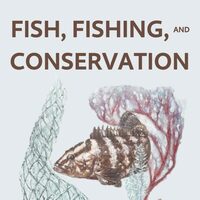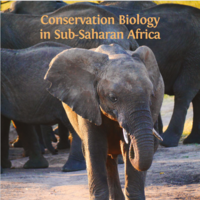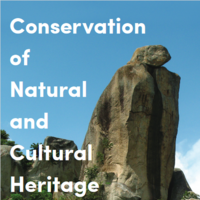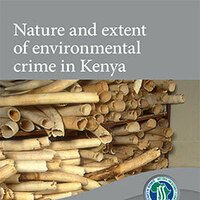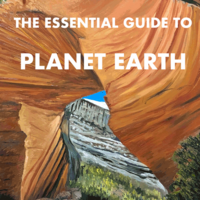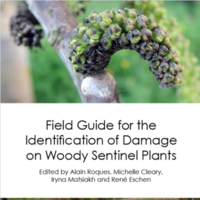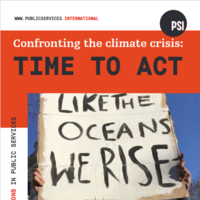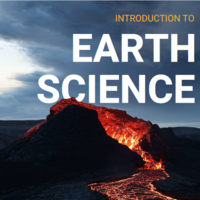Search
Books+
Searching 1,73 books
Search related to the career Conservation Scientist
Conservation Scientists and Environmental Protection
Conservation scientists play a crucial role in protecting the environment through their expertise and efforts. They employ various strategies and techniques to ensure the preservation and sustainable use of natural resources. Here are some ways in which conservation scientists protect the environment:
1. Conducting Research and Monitoring:
Conservation scientists conduct extensive research to understand ecosystems, species, and environmental issues. They collect data on biodiversity, habitat conditions, and the impact of human activities. By monitoring these factors, they can identify potential threats and develop appropriate conservation strategies.
2. Developing Conservation Plans:
Based on their research findings, conservation scientists develop comprehensive conservation plans. These plans outline specific actions and management strategies to protect ecosystems, endangered species, and natural resources. These plans often involve habitat restoration, species reintroduction, and the establishment of protected areas.
3. Promoting Sustainable Land Use:
Conservation scientists work towards promoting sustainable land use practices. They collaborate with landowners, government agencies, and communities to develop land management plans that minimize environmental degradation. This includes promoting sustainable agriculture, responsible forestry practices, and the preservation of natural habitats.
4. Advocating for Policy Changes:
Conservation scientists play an active role in advocating for policy changes at local, national, and international levels. They provide scientific evidence and recommendations to policymakers to influence decisions related to environmental protection. This may involve advocating for stricter regulations, the establishment of protected areas, or the enforcement of sustainable resource management practices.
5. Educating and Raising Awareness:
Conservation scientists also contribute to environmental protection by educating the public and raising awareness about conservation issues. They conduct outreach programs, workshops, and public lectures to promote environmental stewardship. By fostering a sense of responsibility and understanding among individuals, they encourage sustainable practices and behavior change.
6. Collaborating with Stakeholders:
Conservation scientists collaborate with various stakeholders, including government agencies, non-profit organizations, local communities, and indigenous groups. By working together, they can develop effective conservation strategies that consider the needs and perspectives of different stakeholders. This collaboration helps build partnerships and ensures the implementation of sustainable environmental practices.
7. Addressing Climate Change:
Conservation scientists recognize the significant impact of climate change on ecosystems and biodiversity. They contribute to climate change mitigation and adaptation efforts by studying the effects of climate change on natural systems and developing strategies to minimize its impact. This may involve promoting renewable energy, advocating for carbon sequestration initiatives, and implementing climate-resilient conservation practices.
In summary, conservation scientists protect the environment through research, planning, advocacy, education, collaboration, and addressing climate change. Their work is essential in ensuring the long-term sustainability and preservation of our natural resources and ecosystems.
Source: Various AI tools
Sayansi
Maendeleo endelevu
Cultural heritage preservation
Searched in English.
